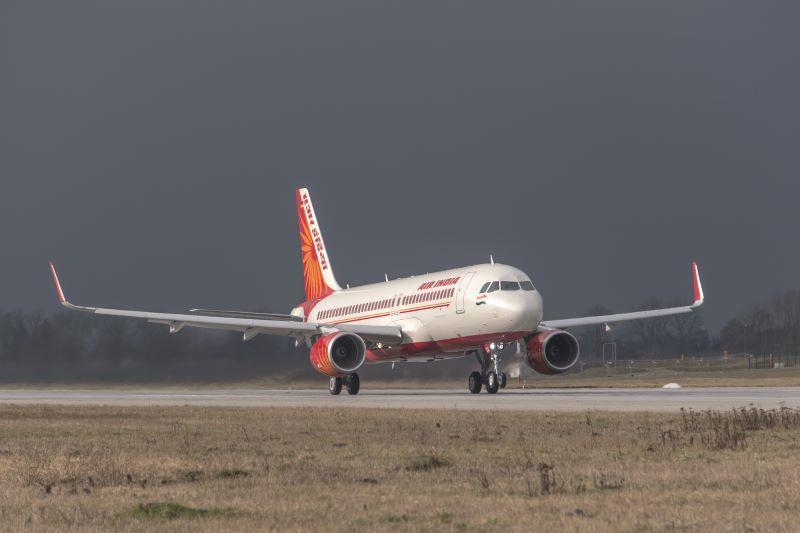Daily Memo: Air India Could Strengthen Domestic Share With Vistara Merger

A potential merger move by Air India may be about to deliver some of the consolidation in the Indian airline market that was expected to result from the privatization of the country’s flag carrier.
Air India’s owner Tata Group is involved in discussions with Singapore Airlines (SIA) about the future of their joint venture (JV) airline Vistara. According to SIA, these talks are aimed at exploring a transaction that would deepen the partnership between Air India and Vistara—and may include the integration of the two Indian carriers.
Such a move would come as no surprise. When Tata was selected as the purchaser of Air India a year ago, it expanded Tata’s existing portfolio of airline interests. Finding a way to consolidate its multiple brands was expected to be one of the most pressing priorities of the parent group.
It has already started this process with moves to increase its shareholding in another of its JVs, LCC AirAsia India. Tata Group holds 83.7% of AirAsia India and is expected to merge it with Air India Express, another LCC that it acquired as part of the Air India deal.
Both Air India and Vistara are full-service carriers. In a regulatory filing, SIA emphasized that no decision has yet been made regarding their integration. However, its statement also signals that the merger discussions have moved into a more serious phase.
Combining the two full-service airlines would give Air India a greater share in the Indian domestic market in particular.
According to data from CAPA and OAG, Air India has a 9.2% share of weekly seats in the domestic market, and Vistara has 8.5%, giving them a combined capacity share of 17.7%. AirAsia India has another 7.3%. While this would increase the Air India group footprint, it would still trail market leader IndiGo which accounts for a dominant 57.2% of domestic seat capacity.
In terms of domestic passenger numbers, the combined share would be similar to the capacity percentage. Vistara carried a 9.9% share of domestic passengers in the third quarter, and Air India had 8.7%, according to data from India’s Directorate General of Civil Aviation. This ranked them second and third respectively, again well behind IndiGo. AirAsia India carried 5.4%.
Vistara is much more prominent in the domestic market than international, with almost 90% of its seats allocated to domestic routes, CAPA data shows. So, a merger would have less of an impact on Air India’s 11.3% share of weekly seat capacity in the international market. Air India Express has a 7.3% share in the international market, meaning the Air India group already outweighs IndiGo’s 14.4% share.
Vistara’s international services include some important strategic routes, however, and in these specific markets its additional share would make a difference to Air India.
On the Delhi-London route for example, Air India has a 22.6% share of seats, and Vistara 16.8%. Combined, they would give Air India a market-leading 39.4% share on this city pair.
Vistara has a 15%. share on the Delhi-Singapore route, and Air India has 20.4%. However, the only other competitor in that market is Vistara’s partner Singapore Airlines.
Air India has a 14.3% share on the Mumbai-Dubai route, while Vistara accounts for 4.9%. Their combined 19.2% would lift them above IndiGo into second place on this route, although still far below leader Emirates.
With fresh investment under its new owners, Air India’s goal is to significantly grow its domestic and international market share. Merging with the other Tata Group carriers would help that strategy. Another important facet will be fleet growth, and Air India intends to address this by leasing 30 additional aircraft while considering new orders for its longer-term needs.

